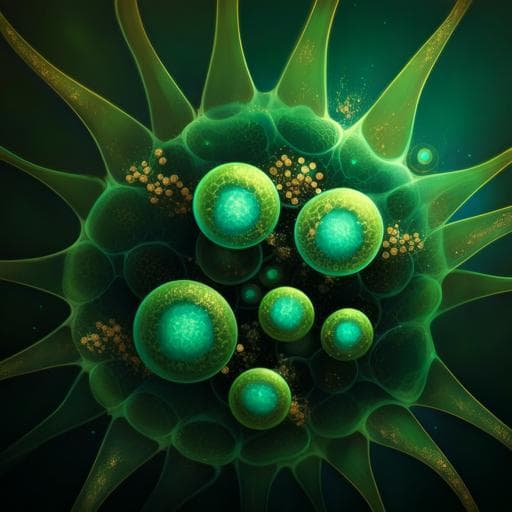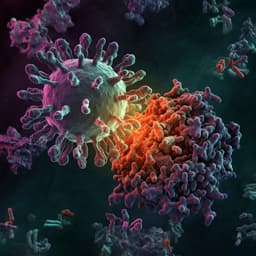
Medicine and Health
Efficacy of green jackfruit flour as a medical nutrition therapy replacing rice or wheat in patients with type 2 diabetes mellitus: a randomized, double-blind, placebo-controlled study
A. G. Rao, K. S. Naik, et al.
This exciting study by Gopal Rao et al. explored the potential of Jackfruit365™ green jackfruit flour in managing type 2 diabetes. With 40 patients participating in a 12-week trial, results showed significant reductions in HbA1c and glucose levels, providing promising evidence for jackfruit flour as a healthy alternative to traditional flour in diabetic diets.
~3 min • Beginner • English
Related Publications
Explore these studies to deepen your understanding of the subject.







